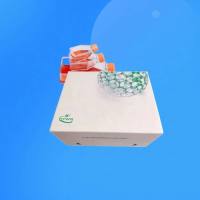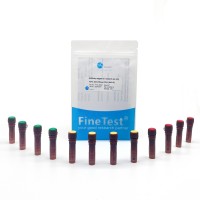Immortalized Cells
互联网
1788
While still in its infancy, developments in the exciting field of cell replacement and gene transfer to the central nervous system (CNS) are providing the basis for potentially new and powerful therapeutic approaches to a wide range of neurological diseases. Neuronal replacement and partial reconstruction of dysfunctional circuitry have been demonstrated via transplantation of fetal tissue into the CNS of developing and adult animals (Dunnett and Bj�rklund, 1994 ). However, the discovery of novel targets and clinical candidates is to a degree limited by the lack of neural tissue for basic research and drug development. Neural stem cells (NSCs) or progenitor cells offer a particularly attractive alternative, because they may be expanded and standardized in vitro, and so provide a virtually permanent uniform source of well-characterized cell preparations for transplantation purposes (Gage et al., 1995 ; Whittemore and Snyder, 1996 ). Thus, the generation, expansion, and transplantation of immortalized neural cells is receiving attention from both neuroscientists and clinicians. For neuroscientists, immortalized neural cells may provide the raw material to understand the cellular and molecular mechanisms that occur during CNS development. Moreover, from a clinical perspective, the ability of transplanted immortalized progenitor cells, to integrate into the CNS, provides a powerful approach to alleviate or even cure certain degenerative or traumatic diseases of the CNS.








